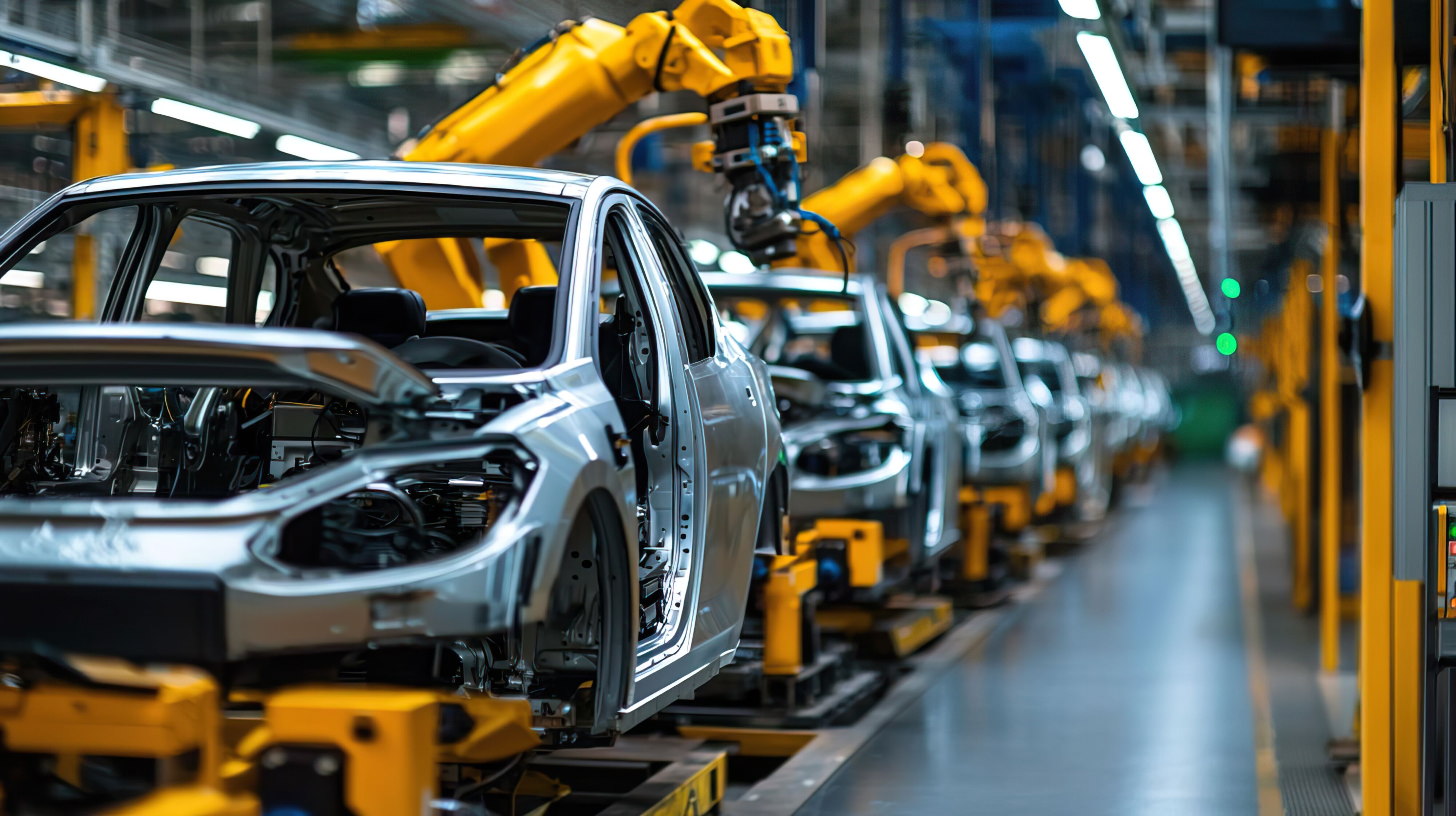Following the European Parliament, the EU Council of Environment Ministers has now also voted in favor of a significant tightening of the European CO2 fleet limits for passenger cars and light commercial vehicles. CO2 emissions from new passenger cars are to be reduced significantly more than previously planned by 2030. From 2035, new cars will no longer be allowed to emit any CO2.
Reinhard Zirpel, President of the Association of International Motor Vehicle Manufacturers (VDIK), comments: “It is now clear that the European Union will once again massively tighten the CO2 fleet limits for new cars. The international manufacturers are determined to achieve these targets and thus to advance climate protection. However, we call on the EU and the member states to lay the foundations for this. The agreed CO2 targets can only be achieved with strong purchase incentives and a good charging infrastructure. Considerations in the German government to cut purchase incentives for electric cars therefore do not fit in at all with the tightening of CO2 targets.” Zirpel also warns that the expansion of the necessary infrastructure is not yet progressing fast enough across Europe. The EU’s planned targets for the construction of charging stations and hydrogen filling stations under the Alternative Fuels Infrastructure Regulation (AFIR) are also not ambitious enough, he says, and should be based on the manufacturers’ agreed CO2 targets in terms of their level of ambition.
The international vehicle manufacturers are each setting their own priorities for the powertrains of the future as part of their globally oriented corporate strategies: Electric cars, hybrids, and fuel cell vehicles, as well as increasingly fuel-efficient gasoline and diesel engines, will contribute to achieving the CO2 fleet targets in the coming years. Zirpel: “International manufacturers are achieving the CO2 targets in different ways. In Europe in particular, it should therefore continue to be possible to use all drive technologies that enable climate-friendly mobility.”





